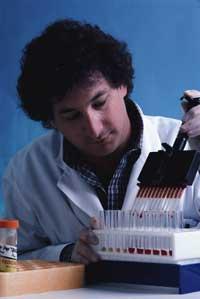Insufficient industrial sequencing to detect mutations

BRCA1 and BRCA2 genes are related to hereditary breast and/or ovarian cancers. On the other hand, the patent of the BRCA1 gene and the right to use the BRCA2 gene is in the hands of the US company Myriad Genetics, but the European Patent Office is still studying the use of these patents in diagnostics. On the one hand, leaving the diagnosis of these hereditary cancers throughout Europe in the hands of the company ‘Myriad Genetics’ is very expensive; on the other hand, they give no more certainty than French laboratories, and in addition, European experts would lose information.
The industrial sequencing of Myriad Genetics allows to detect only three quarters of the mutations, focusing on small or specific anomalies. For their part, researchers at the Curie Institute have used a more global analysis method (DNA hairstyle) and have achieved the ‘color code bar’ of the gene. In this way, 15% of the BRCA1 gene has been detected in this family, which causes the gene to synthesize the abnormal protein, so members of this family are at higher risk for breast and/or ovarian cancer.
Therefore, it has become clear that the results of industrial sequencing are sometimes not enough and researchers at the Curie Institute have concluded that more global methods such as DNA hairstyle should be used.
Buletina
Bidali zure helbide elektronikoa eta jaso asteroko buletina zure sarrera-ontzian











